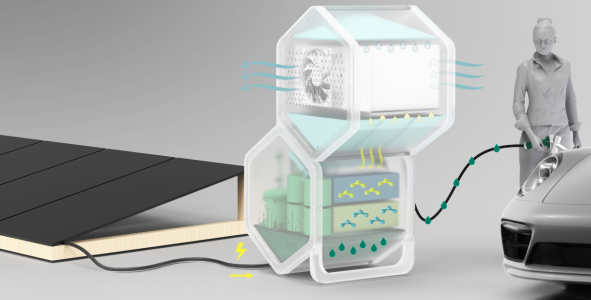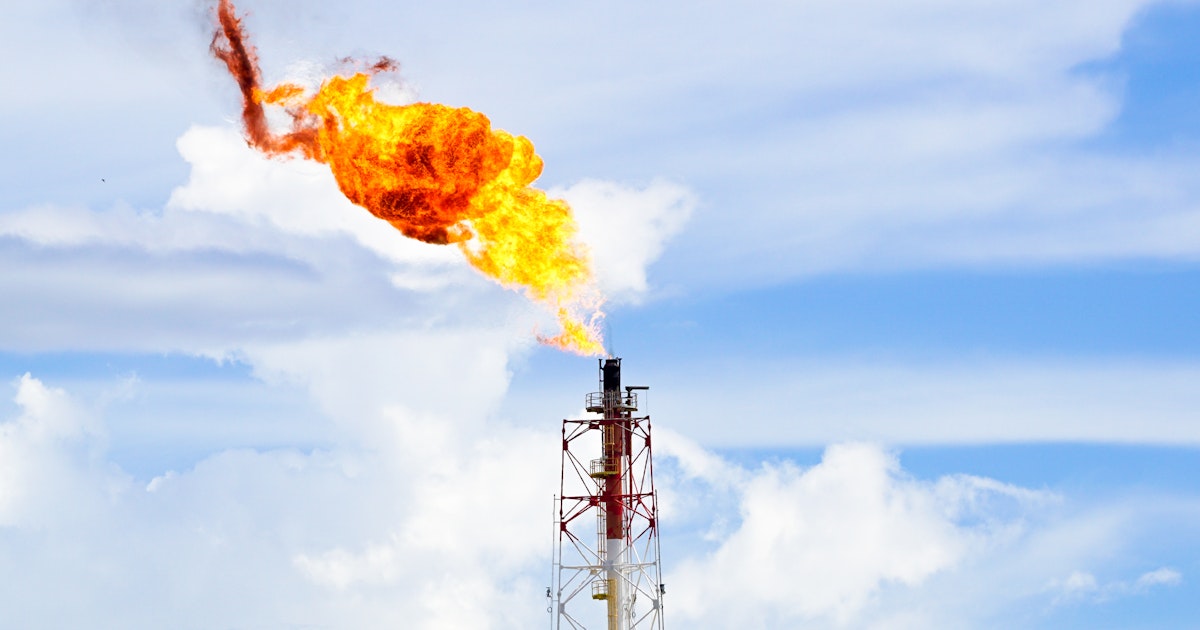Because its much more cost prohibitive to capture, compress and transport that methane from an installation built to produce oil than to just flare it off. Its not a conspiracy. The alternatives are either: Release raw methane gas into the atmosphere (super bad) or build the infrastructure to produce and distribute the methane, even though the amount produced in most cases wont be worth anywhere near the capital required to build the infrastructure. Both are dubious.
So we all have to pay the price for a clean environment because the oil company does not want to invest in better systems
Of course it is not a conspiracy. But it is people being unwilling in solving that problem. Flaring of methane releases millions of gallons of CO2,. I get extra greenhouse taxes to pay because the oilcompanies are unwilling to invest in cleaner systems.
This site says it all :
Non-emergency flaring and venting occur when oil field operators opt to burn the "associated" gas that accompanies oil production, or simply release it to the atmosphere, rather than to build the equipment and pipelines to capture it.

www.iea.org
small excerpt from text:
"
What is gas flaring?
Non-emergency flaring and venting occur when oil field operators opt to burn the "associated" gas that accompanies oil production, or simply release it to the atmosphere, rather than to build the equipment and pipelines to capture it.
Why is it important?
Flaring results in the release of substantial volumes of potent GHGs, including methane, black soot and nitrous oxide. Venting causes even worse environmental damage than flaring.
Where do we need to go?
With natural gas prices at historic highs, gas flaring is an extraordinary waste of money in addition to its negative impacts on climate change and human health. Bringing this gas to market could offer relief to very tight gas markets and, in many cases, could do so faster and cheaper than investing in new supply.
"
This is about LNG from Shell :
Liquefied natural gas (LNG) is natural gas that has been cooled to a liquid state. Learn about Shell’s growing international LNG business.

www.shell.com
You know how oil companies in the western world get green ? They sell off the refinery placed in another country to a local company and let them do the polluting and flaring.
Meanwhile, the big oil corperations claim to be green. Cause hey, they do not pollute and flair of excessive gass and oil. They just buy and resell the gas and the oil. Like stock.








